Psychosynthesis is interested in the whole building. We try to build an elevator which will allow a person access to every level of his personality. After all, a building with only a basement is very limited. We want to open up the terrace where you can sun-bathe or look at the stars. Our concern is the synthesis of all areas of the personality. That means psychosynthesis is holistic, global and inclusive. It is not against psychoanalysis or even behavior modification but it insists that the needs for meaning, for higher values, for a spiritual life, are as real as biological or social needs. We deny that there are any isolated human problems.
❞— Roberto Assagioli
Psychosynthesis Therapy: A Holistic Approach to Psychology & Personal Growth
Psychosynthesis Therapy is a holistic approach to understanding and integrating all levels of the personality. Developed by pioneering Italian psychiatrist Dr Roberto Assagioli, this approach to psychology emphasizes not just resolving isolated problems, but synthesizing all aspects of the self—biological, psychological, social, and spiritual. Founded in the early 20th century, Assagioli sought to go beyond the limitations of traditional psychoanalysis, incorporating elements from various psychological, philosophical, and spiritual traditions. Psychosynthesis counselling emphasizes the integration of all aspects of the human psyche. Towards realization of a person’s fullest potential and self-actualization, inclusion of the emotional, mental, physical, and spiritual are essential.
What is Psychosynthesis Therapy?
At its core, Psychosynthesis Therapy is interested in the “whole person”. Assagioli compared the self to an orchestra, with each player or section adding a distinct flavour, theme or energy. We have many parts within us, playing or even vying with eachother. Until work begins,
‘we are not unified…several subpersonalities are continually scuffling; impulses, desires, principles, aspirations are engaged in an unceasing struggle’
— Roberto Assagioli
At the root, often unconsciouly, acting as a barrier to alignment with Self, lies our identification with certain subpersonalities. Like an orchestra of different players, when these are in harmony, a beautiful symphony of Self may be enjoyed. But when in disharmony, there may be too much of one part, an unwanted dominance perhaps, or an impbalance where some players are much louder, working against or drowning out others. Can we change this, and the unhelpful, repetitive patterns of behaviour that follow, seemingly with a will or mind of their own? To synthesise, harmonise and begin to live our lives’ fullest potential, we must access our inner ‘observer’, the conductor in theis analogy of an orchestra – or the essential Self.
Therapy is a process of strengthening our own relationship with our inner most truth, the timeless aspects of the Self that are unchanging, ever-present and powerful. The ‘knowing’ part of us, in other words. And so, eventurally, healing begins when these different parts of the self – feelings , thoughts and somatic human experience – are brought together, understood, and lived, through developing greater awarness, self-compassion and agency.
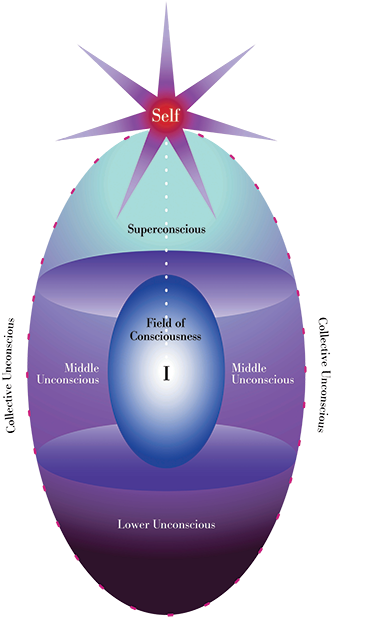
The Core Concepts of Psychosynthesis Therapy
- The Self and the Higher Self: The concept of the “Self,” which is understood as the core essence of a person, is central to Psychosynthesis. Assagioli distinguished between the personal self (or ego) and the Higher Self, which represents a deeper, more transcendent aspect of a person. The goal of therapy is to help individuals connect with and express this higher dimension of themselves, leading to a sense of purpose, meaning, and fulfillment.
- Integration of the Personality: Assagioli believed that the psyche consists of many subpersonalities or different aspects of the self. These can include emotional, intellectual, and instinctual parts, often in conflict with each other. Psychosynthesis counselling helps individuals become aware of these subpersonalities. By understanding their existence and their roles, we can begin to integrate them into a harmonious and functional whole.
- Will and Personal Development: Assagioli placed significant emphasis on the development of the will as a central aspect of personal growth. Will is not merely the capacity to act but also the ability to direct one’s life purposefully, for instance. Likewise, making choices in alignment with one’s higher values and aspirations allows individuals to move from mere reaction to conscious, intentional action.
- Transpersonal Dimension: Assagioli expanded on the idea of self-actualization to include a transpersonal dimension—spirituality or the search for a deeper connection with the universe, a higher power, or one’s sense of purpose in life. Psychosynthesis therapy is holistic, acknowledging both the material and spiritual aspects of the human experience.
How Psychosynthesis Therapy Works
Through Psychosynthesis Therapy, clients explore unconscious patterns, cultivate self-awareness, and engage in inner work that fosters personal and spiritual development, leading to:
-
- Holistic Integration: Unites all areas of the personality for balance and growth.
- Meaning and Spiritual Life: Values higher human needs alongside biological and social needs.
- Greater awareness and Agency: With more of the Self available, individuals become increasingly congruent, self-aligned and empowered as people.
- Self-Love, Compassion & Forgiveness: Greater compassion for the disowned parts of our personality, a move from survival coping, to thriving.
- Honouring Soul, Calling & Purpose: Finding greater meaning, connection, a deeper sense of purpose, & living with soul – becoming the person we are.
- Complementary to Other Therapies: Works alongside psychoanalysis and behavior modification.
‘We are both Being and Becoming in the same breath’
— Diana Whitmore
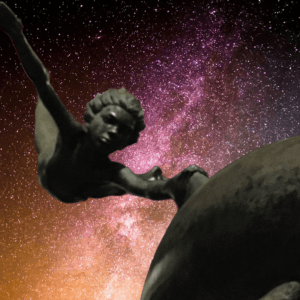
Benefits of Psychosynthesis Therapy
- Greater self-awareness and understanding of personal motivations.
- Integration of mind, body, emotions, and spirit.
- Access to higher levels of consciousness and meaning in life.
- Resolution of inner conflict and limiting patterns.
About Roberto Assagioli
Dr Roberto Assagioli, the founder of Psychosynthesis Therapy, emphasized the importance of integrating all aspects of personality. A contemparary of Freud and colleague of Jung, he believed that addressing higher values, meaning, and spirituality is essential for holistic well-being and personal growth. Believing we are more than the sum of our mind and primal drives, like Jung he went beyond the limitations of a traditional approach to psychology to incorporate (and celebrate) the divine aspects of the human condition – spirit and soul, love and wisdom.
Psychosynthesis flourished in northern California in the late 60’s and 70’s, and has since become known as a compassionate, humanistic, transpersonal – and effective approach to psychology. It is a highly transformative, creative and spiritual yet fully grounded form of talk therapy embued with hope and the promise of lived potential.
“We are not only bodies, we are also souls. Our task is to bring all the parts of ourselves into harmony, to live fully and freely.”
— Roberto Assagioli
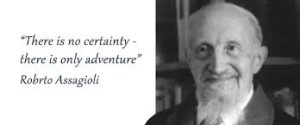
The Therapeutic Process in Psychosynthesis Therapy
The therapeutic process in Psychosynthesis Therapy is dynamic and evolving. A typical session or introduction to Psychosynthesis might begin – like many other psychotherapies – with a gentle exploration of the individual’s current emotional and mental wellbeing, helping them gain insight into internal conflicts, unconscious patterns, and life situations. A therapist may assist the client in identifying various distinct voices or parts in feeling thought, or body — that may be creating confusion or inner conflict.
When subpersonalities or patterns of behaviour are recognized, Psychosynthesis encourages the development of a greater awareness of the higher, unifying Self. Typical sessions involve the client sharing, with deep, gentle listening from the therapist; relaxed, with presence, non-judgement and at the pace of the client. Sessions can also be animated, lively, challenging or humorous, where appropriate. It is a highly relational and human experience and encounter. Building on this life to life connection is important too for the work, building on trust and regard. There is a gradual unfolding, where themes may present themselves, becoming conscious and leading through awareness to change.
Techniques such as guided imagery, meditation, visualization, active imagination, and reflective dialogue help clients connect with this deeper Self. As subpersonalities are integrated and the will is strengthened, people experience greater psychological balance, a sense of inner unity, connection and meaningful change.

The Becoming Self in Psychosynthesis Therapy
Also central to understanding one’s true identity is the concept of the Self — the “inner unity and center of the personality” (Assagioli). Through exploration of this deeper, more authentic Self, individuals can transcend limited, ego-driven identities and behaviour, accessing more of themselves. Counselling offers a safe arena for hidden aspects of feelings thoughts and personality to be brought into awareness. By allowing more to surface, without judgement, we begin to compassionately integrate or synthesise what we were unable to before, to become more whole, more fully who we are.
Being stuck in repetitive patterns is often a sign of over-identification with partial aspects of our personality. In Psychosynthesis, Self is not a fixed entity but a dynamic process that emerges through self-awareness, alignment with inner values, and connection to higher dimensions. There is always choice, agency, and potential for change in each situation. A Psychosynthesis approach to psychology sees presenting problems or issues not simply as a pathology to be fixed, but ultimately as as a calling from the depths of soul – for change, or liberation, to live a more aligned human existence. And so clients come to experience greater self-compassion and aliveness, by feeling into and living more in the fullness of Self.
Disidentification: A Key Tool in Psychosynthesis Therapy
Disidentification helps us step back from thoughts, emotions, and roles to observe them without attachment. This creative process releases us from false and limiting identifications and supports a deeper, more authentic experience of Self. By disidentifying from transient states, we open to a more spacious inner freedom and clearer will. (see also blog article on: Spiritual Awakening or Breakdown? How Psychosynthesis Therapy Helps
Spirit and the Transpersonal in Psychosynthesis Therapy
Counselling in Psychosynthesis Therapy includes the transpersonal—higher dimensions of consciousness that transcend the individual ego. Assagioli viewed spirit as a source of inner guidance, creativity, and transformation. Bringing this dimension into therapy connects us with purpose and meaning beyond personal desires and into a felt sense of participation in life.
We are more than our personal history; we need not be defined by it. Soul — our authentic purpose and potential—often speaks through our presenting issues, calling the Self to awaken. As we work toward inner synthesis, we experience deeper connection with others, the wider world, and the cosmos. From the perspective of soul, we are continually becoming; living with aliveness, we integrate personal development with spiritual awakening and service.
Further Reading
(see also related articles in the Alex Golding Therapy Blog / Resources)
- Assagioli, R. (2007) The Act of Will. Amherst: Synthesis Center Press. (Original 1973)
- Firman, J. & Gila, A. (1997) The Primal Wound. SUNY Press.
- Firman, J. & Gila, A. (2002) Psychosynthesis: A Psychology of the Spirit. SUNY Press.
- Sorensen, K. (2023) Conflict, Crises and Synthesis – Introduction. kennethsorensen.dk
- Whitmore, D. (2000) Psychosynthesis Counselling in Action (2nd ed.). Sage.
Book a Session with Alex
Want to try Psychosynthesis counselling in London or online, or to find out more? Please don’t hesitate to contact Alex at Alex Golding Therapy.
Alex Golding is a BACP registered & qualified Psychosynthesis Counsellor offering affordable rates as a private therapist in Farringdon and Online. He offers spiritually informed, holistic, and humanistic therapy to those navigating belonging, depression, meaning, or anxiety — supporting them to realise their fullest potential. Alex is also a trusted practitioner at Harley Therapy. With a diverse background and life experience, and having practiced Buddhism for over 30 years, he tailors therpay for each client’s individual needs, bringing relationality, spiritual depth and soul into psychotherapeutic counselling.
© 2025 Alex Golding Therapy



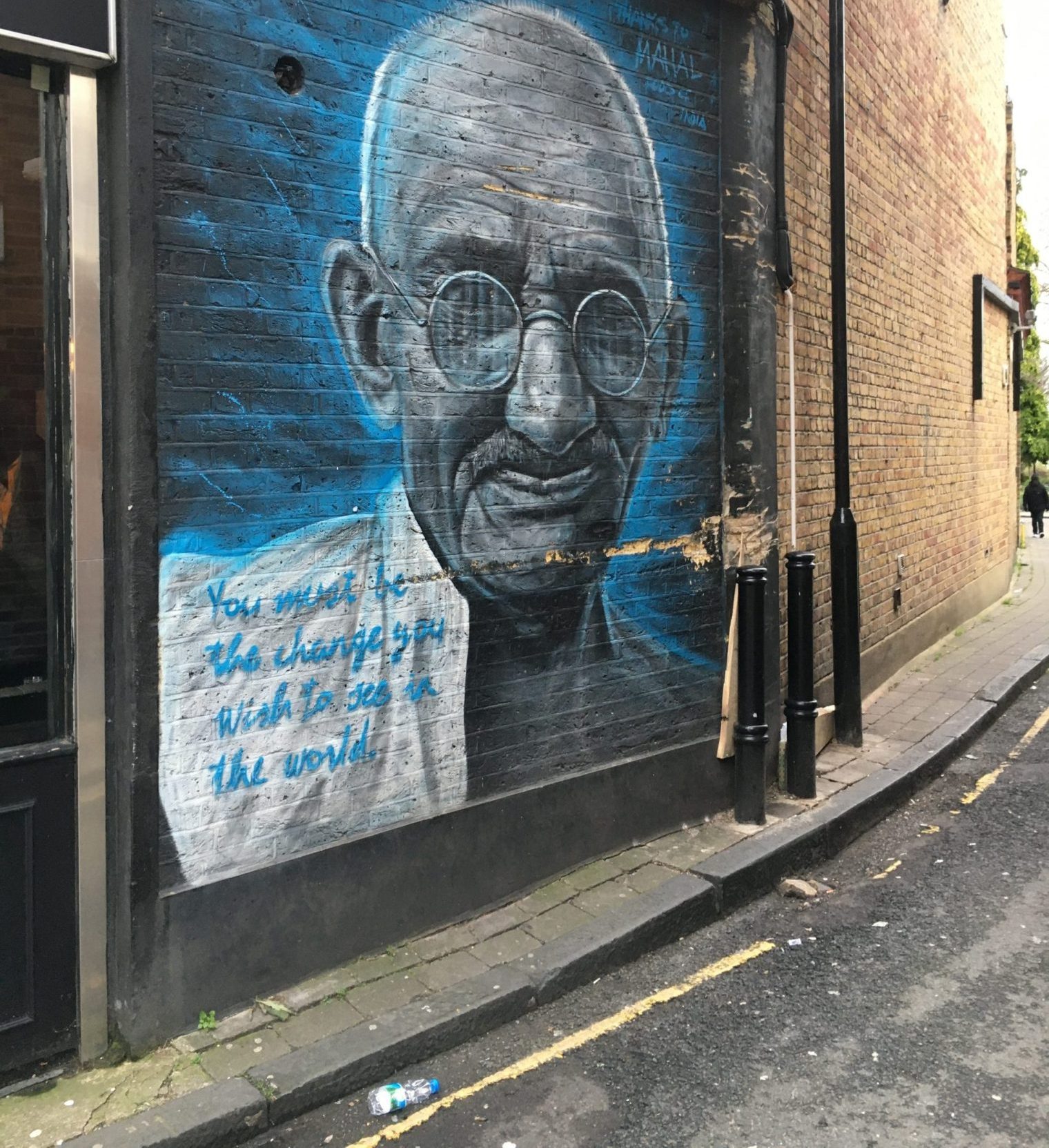
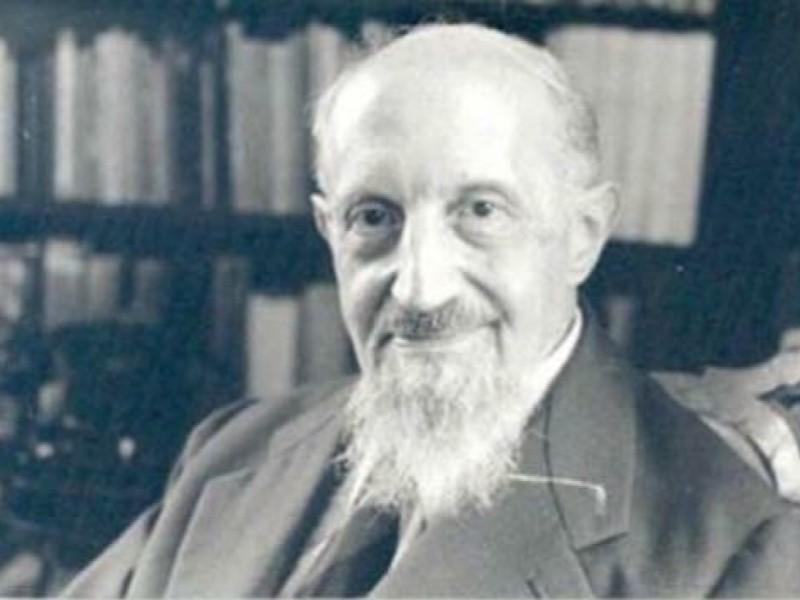
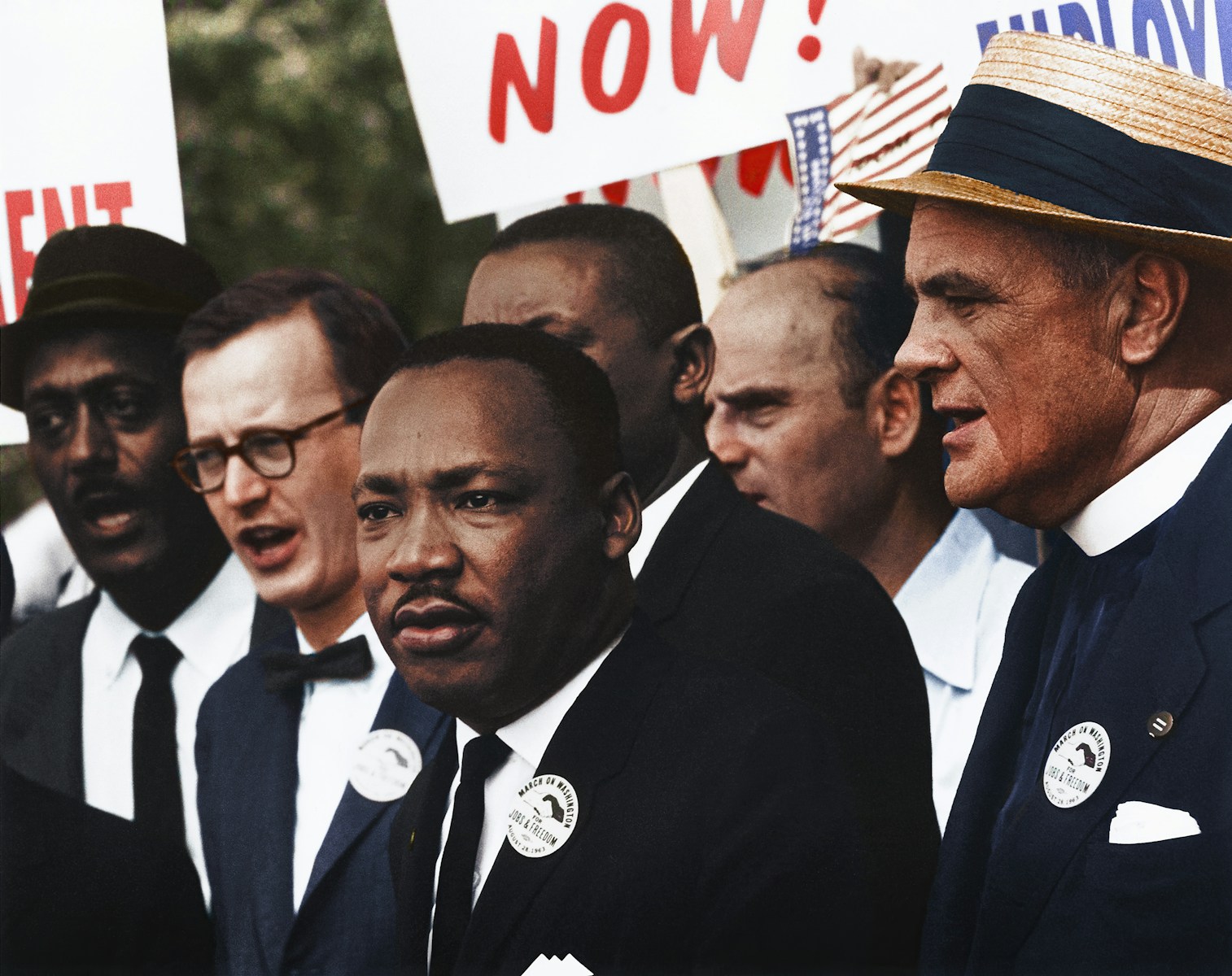
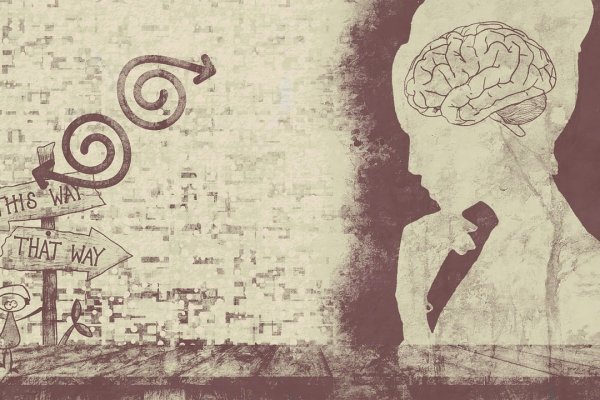


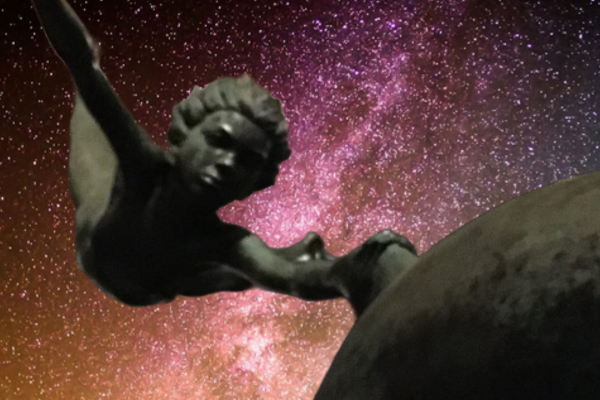


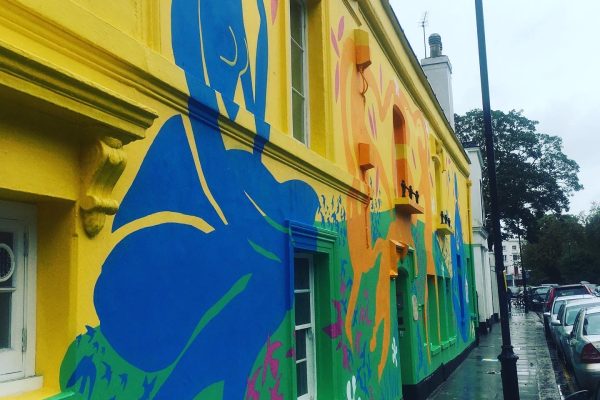






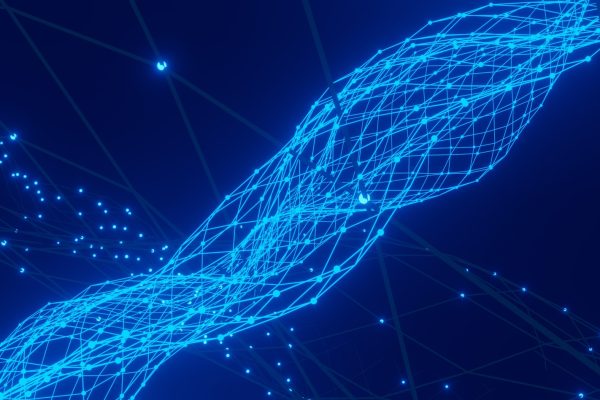
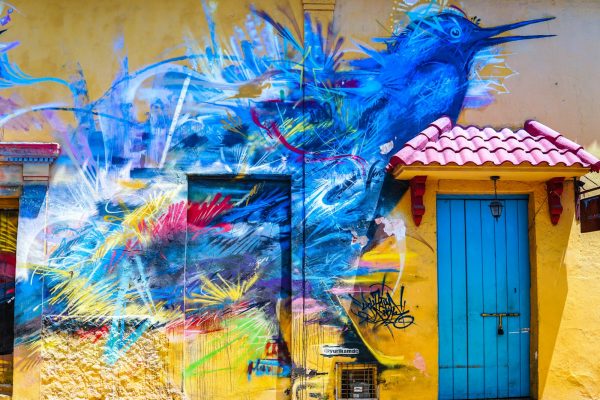


Recent Posts